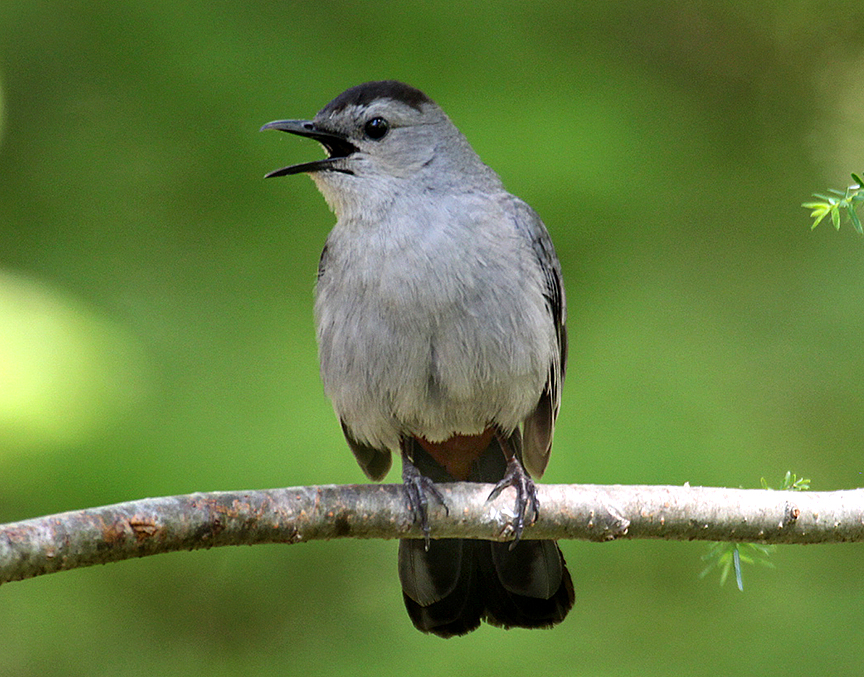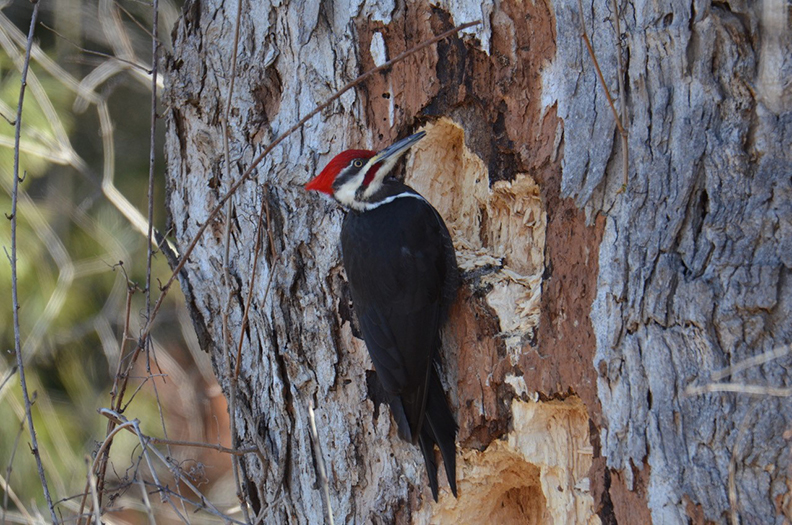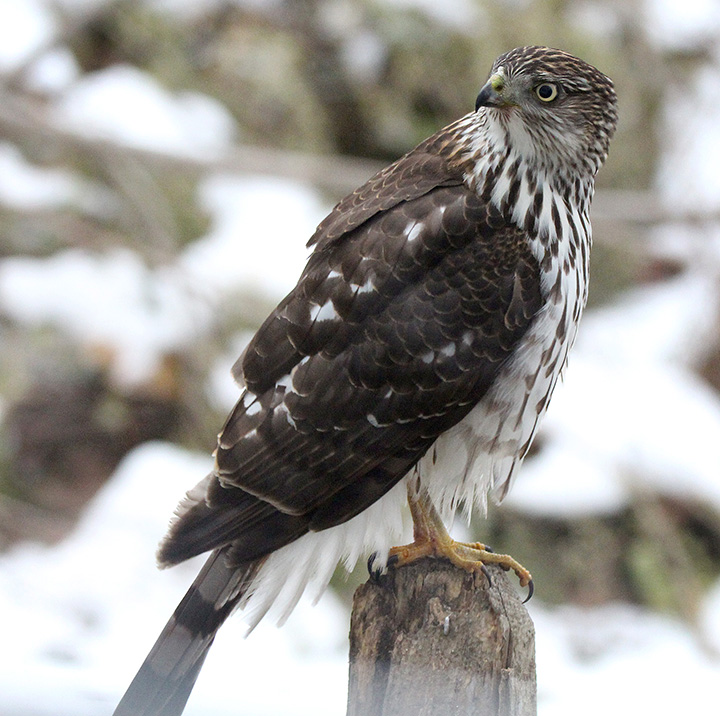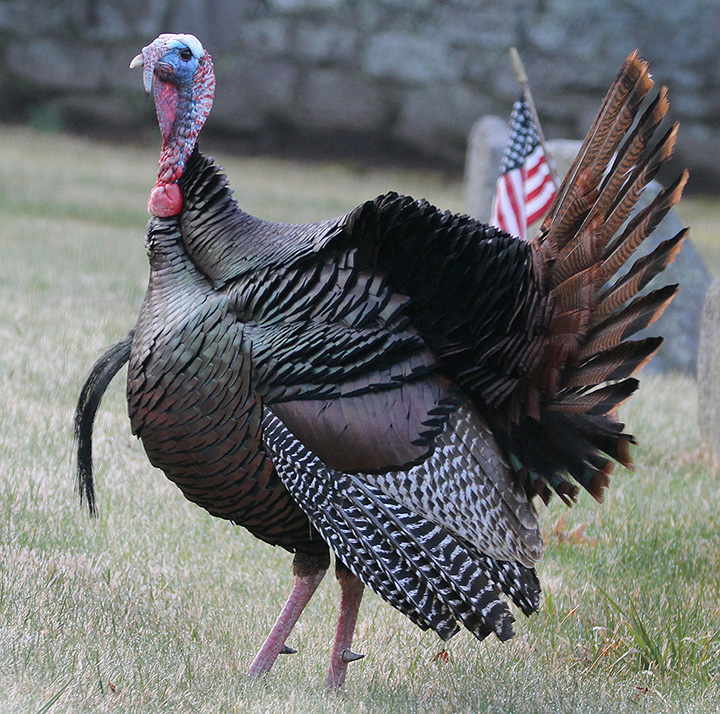Listening To Birds

PHOTO: A gray catbird perches on a branch in New England, July 2020. Merganser Lake. Photo by Chris Bosak

by Chris Bosak
Weirs Times Columnist
Look up “wood duck” in a cheap field guide and you’ll likely see a beautiful duck with green, pewter, tan, white and even some blue plumage. That is, indeed, a wood duck — a male wood duck in its breeding plumage.
If you saw a female wood duck, immature wood duck or male wood duck in its non-breeding plumage, you’d never find it in that field guide and you’d have a hard time believing someone who told you it was a wood duck because it looks nothing like the beautiful bird in the field guide.
Sometimes field guides lie. Well, they leave out a lot of the truth at least. There are top-quality field guides out there and even they can’t portray every bird in every possible plumage. Between the breeding, non-breeding and transitional plumages, it’s impossible to fit every variation of every bird into a book. That’s not even to mention all the other plumage oddities, such as leucism, albinoism and other conditions.
The same can be said for bird sounds as well. There are dozens of apps and websites out there now that feature bird sounds, but as terrific and helpful as they are, they can’t get every song, call and alarm note of every bird.
I was thinking about this the other day when I was watching a gray catbird in my backyard. I was listening to about nine unique bird sounds that day and at least three were coming from that catbird. Two were coming from a male and female cardinal and a small gang of titmice were making at least two different sounds.
Gray catbirds are so named because of their cat-like calls. It is a very appropriate name for that bird as they indeed sound just like a cat. Sometimes you question whether a cat is lurking in the thick brush or a catbird.
Catbirds also have a warbling, squeaky song, as well as dozens of various other sounds. I can always tell it’s a catbird, though. There is an overall feeling to it that I can recognize because of years of listening to catbirds. It’s kind of like how an American robin makes several different sounds, but they are all “robin-like.”
A few years ago, a different approach to birdwatching emerged. It is one in which birders consider all the aspects of the bird — including size, shape and habits — in order to make an identification. It is called by some the “Whole Bird and More” approach and birdwatchers do not merely rely on the color and general appearance of the bird, which as mentioned before, can be deceptive.
The same principles may be applied to identifying birds by sound as well. Take the aforementioned robin for example. We all know its “cheerup, cheerily, cheerily” song. By knowing the overall feeling and sound of that song, you can identify the robin’s other sounds — such as their “tut, tut, tut” calls — when you hear them. Robins have other songs and calls as well, which can be traced back to the robin using the same principles.
That said, I’m certainly not an expert at identifying birds by sounds. The warblers that fill our treetops in the spring certainly pose a challenge. But when you get to know a certain bird sound well enough, it can carry over into that bird’s other sounds. If you hear the black-capped chickadee’s “chick-a-dee-dee-dee” call enough, you also know it’s a chickadee when it sings its “fee bee” song. (Actually, I like to think of that song as “ha ha” and imagine the chickadee laughing.) So, just like the “whole bird” approach may be applied to looking at birds, it may also be applied to listening to birds. Try it next time you’re listening to the birds sing.
Chris Bosak may be reached at chrisbosak26@gmail.com or through his website www.birdsofnewengland.com



